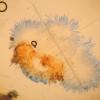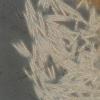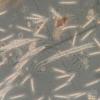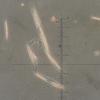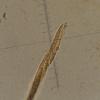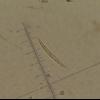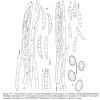
02-12-2025 18:59
This pair of ascos 2.5cm across were on recently b

02-12-2025 19:25
Buckwheat PeteHello, can anyone identify this hairy fungus growi

30-11-2025 12:53
 Edvin Johannesen
Edvin Johannesen
White short-stipitate apothecia found on thin twig

30-11-2025 10:47
 William Slosse
William Slosse
I recently found a collection of small Peziza sp.

27-11-2025 12:01
Thomas Læssøehttps://svampe.databasen.org/observations/10496727

27-11-2025 11:46
Thomas Læssøehttps://svampe.databasen.org/observations/10493918

17-09-2025 10:50
Heather MerryleesHi there!I am hoping for any advice on the identif

29-11-2025 08:40
 Andreas Millinger
Andreas Millinger
Hello,on a splintered part of a branch on the grou

28-11-2025 16:45
Nogueira HéctorNovember 23, 2025 Requejo de Sanabria (León) SPAI
The spores look like those of Tubeufia cerea but it could be compared with characteristic specimens of this species growing on the same branch. In other features quite different: size of ascomata, asci length, apical ring (lacking in Tubeufia?) and spore septation.
No satisfactory outcome with the Tubeufia key of Rossman (1987). And Tubeufia is bitunicate. Tubeufia or other genera to consider? Does somebody know Conioscyphascus (Reblova 2004)?
Hi,
See in Diaporthales. Some genus are possible (Pleuroceras, Linospora, ...)
Could yopu show us an ascomata ?
Alain
Alain, thanks for your suggestion to make a photo, it forced me to look further.
I have found more ascomata under the bark, some partly immersed in the rotten wood.
They were coloured olive greenish.
More important this time I found several with a papilla (about half the size of the ascoma).
Furthermore the ascomata are soft and start to collapse after 10-15 minutes.
Here is a photo of an ascoma, bad quality but it gives an idea how it looks.
Eduard

Cheers,
Jacques

the species is IKI-, I have tested it. It only turns red in Congo.
regards,
björn

Yes, I remarked !
And about strange ascos, I just found Pleospora herbarum on lichen !!! (on Peltigera rufescens), absolutely incredible but it is true.
Alain

I am of course happy that this collection has got a name.
Björn did a very good job, very frustrating to find something with clear features without being able to identify it.
I had considered the genus Conioscyphascus but was much in doubt because the spores look much broader in the drawings of Reblova & Seifert. Also I did not note the rather long neck (see fig. 27).
Jacques, the ascus top was not amyloid as photo 5 suggests.
I will check the original and I will come back on this tomorrow.
EDuard
